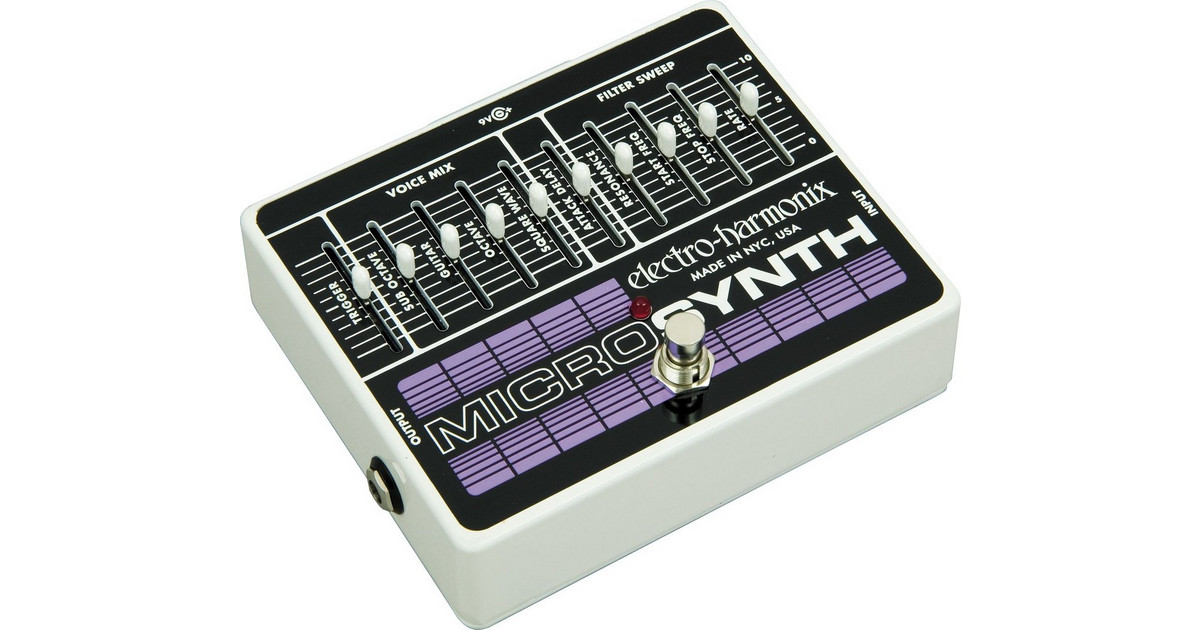
The amounts calculated in the table below represent the minimum guaranteed amount of oligo you will receive based on the oligo length (nt) and synthesis scale.

DEPC (Diethylpyrocarbonate) reacts with the primary amine-groups and therefore inactivates RNases but cannot be used for e.g. Alternatively, you may produce DEPC-water. Most commercially available water is in fact RNase-free. Change gloves frequently (Be aware that any surface you might touch with your gloves may have already been touched by a person not wearing gloves.). Always wear gloves (RNases are ubiquitous).If you must use glassware, be aware that RNases can survive autoclaving – in this case bake your glassware at 250 ☌ for at least 4 hours.

Never grab into the bag, but instead drop the tubes out of the bag.
#Microsynth primer free#
RNA is prone to degradation due its free 2'-hydroxy-group. Add an appropriate amount of sterile RNase-free water or buffer.The 5x annealing buffer can be freeze-thawed up to 5 times. Once annealed, duplex siRNA is much more resistant to nucleases than single-stranded RNA and is best stored at -20 ☌.Centrifuge the tube briefly to collect all liquid at the bottom of the tube. Then keep this solution at the work bench until it reaches room temperature (cooling should be relatively slow and take about 45-60 minutes). Incubate the solution for 1-2 minutes at 90-95 ☌.The final concentration of the duplex should be 40 µM. Combine 30 µl of each RNA oligo solution and add 15 µl of 5x annealing buffer to reach a final volume of 75 µl. Prepare 100 µM solutions of each RNA strand.
#Microsynth primer how to#
If you don’t know how to anneal, please observe the following protocol: However, on request we deliver them in dried form as separate strands in two separate tubes. SiRNA is usually delivered as annealed, purified and ready-to-use duplexes (40uM) in annealing buffer (10 mM TRIS pH 7 und 20 mM NaCl). However, there are a couple of exceptions that require special attention: Generally, oligonucleotides are best dissolved in sterile RNase-free water or 10 mM Tris-HCl buffer (pH 7.5). How to Dissolve Your siRNA or Single-stranded RNA? Therefore, please ensure that you only open the tube if required. Furthermore, some dyes may be sensitive to oxidation.

should not be dissolved in 10 mM Tris-HCl buffer at pH 7.5 since they degrade slowly at pH >7.5. Oligos carrying fluorescent dyes of the cyanine family such as C圓 etc.In such cases use only 10 mM Tris-HCl buffer at pH 7.5. Distilled water usually has a pH of ~6.0 which favors the degradation of the fluorescent dye. Oligos carrying a fluorescent dye should not be dissolved in distilled water.Generally, oligonucleotides are best dissolved in sterile water or 10 mM Tris-HCl buffer (pH 7.5). Some fluorescent dyes (especially Cy dyes) are especially light sensitive, and exposure to light should be minimized.Oligos are generally more stable at higher concentrations.Handle carefully to avoid bacterial contamination.Make sure you use nuclease-free solutions only (see our suggestion below for potential solvents).When handling DNA oligonucleotides, please consider the following:


 0 kommentar(er)
0 kommentar(er)
